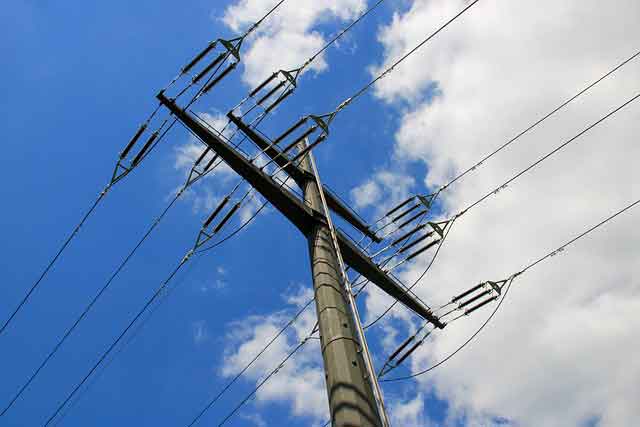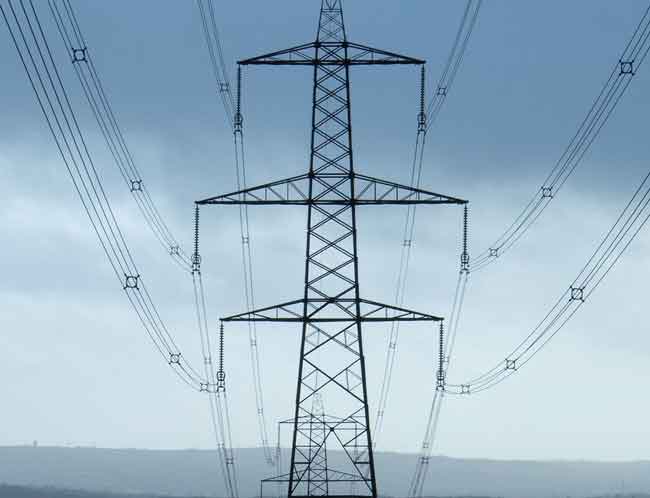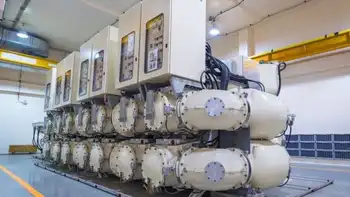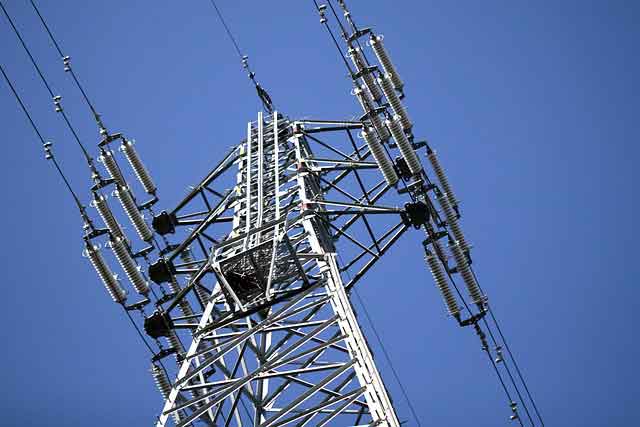Indiana missing out on wind energy potential
By The Star Press
NFPA 70e Training - Arc Flash
Our customized live online or in‑person group training can be delivered to your staff at your location.

- Live Online
- 6 hours Instructor-led
- Group Training Available
About 30 states are promoting wind energy with RES laws, including Indiana's fellow Midwestern states Ohio, Illinois, Michigan, Minnesota, Missouri and Iowa. State Sen. Sue Errington, D-Muncie, has authored a bill that would direct Indiana to follow suit.
"Gov. Daniels supports establishing a state renewable energy standard that would take into consideration the full array of renewable and alternative energy sources, including clean coal," says Jane Jankowski, the governor's press secretary.
"That's not a renewable energy standard," responded attorney Howard Learner, director of the Environmental Policy & Law Center in Chicago. "Coal plants are not renewable energy. Renewable energy is wind, solar, geothermal and biomass. That's what other states are doing. Indiana relies on coal for more than 90 percent of its energy supply. All the eggs are in one basket. Indiana shouldn't be left behind."
But Bill Davis, R-Portland, says Indiana is quickly becoming a leader in wind energy development without a RES law.
"If we're able to do it without government mandates and interference, that's my preference," said Davis. "I don't think there can be any argument that the private sector can do it faster, cheaper and better than if you have the government involved."
But Hans Detweiler, manager of state legislation and policy for the American Wind Energy Association, said, "The wind energy projects getting built in Indiana right now, many are being built to satisfy other states' renewable energy standards, so it is in fact state renewable energy standards that are driving the market."
Indiana Michigan Power generates 61 percent of its electricity from coal, 37 percent from nuclear energy, 1.7 percent from wind and 0.4 percent from hydropower (water).
"The message we'd like to get out is things are happening in wind energy development without a renewable electricity standard, so there is no need for mandates," said I&M spokesman Mike Brian.
I&M, which has invested in 150 megawatts of wind energy, also sees nuclear as part of the solution.
"Our opinion is we need to get beyond the idea of renewable, and, if you're worried about global warming, think about non carbon-emitting energy, which means you include nuclear," Brian said.
I&M's nuclear energy comes from a plant in Michigan, Learner noted.
"Energy policy is driven extensively by federal policy, by state policy and subsidies," Learner said. "We don't have a free market electricity system. There is widespread agreement that if we want to have extensive wind power development across the Midwest, in order to seize job creation, economic development and environmental value, we need to have a smart shift in policy to help grow the green economy."
Like coal, nuclear isn't a renewable, green, clean energy source, Learner said.
The Indiana Legislature has considered but not enacted a RES law in previous sessions.
"Initially, there was a lot of skepticism that Indiana lacked ample wind resources," said Jesse Kharbanda, director of the Hoosier Environmental Council. "So we flew in a National Renewable Energy Laboratory scientist who unveiled new resource studies showing Indiana has 40,000 megawatts of wind energy potential, which blew away that myth."
In another session of the Legislature, RES opponents focused on the impact of mandatory wind energy development on electricity ratepayers. "The utilities hammered hard on that issue," Kharbanda said. "So we worked with an economist formerly with the (Indiana) Office of Utility Consumer Counselor, whose study showed the impact could range from minus 2 percent (a decrease in electric bills) to plus 4 percent (an increase in electric bills)."
Then, he said, Senate Republicans began advocating to include nuclear and coal power in the definition of renewable energy.
A renewable electricity standard has never been a top priority of Gov. Daniels, Kharbanda said, which is why Indiana hasn't enacted one.
"The governors of Ohio, Illinois and Michigan were key in getting renewable energy standards approved in those states," he said.
Errington, who is in the minority in the Senate, proposes that Indiana require electric utilities to generate 20 percent of their electricity from wind and other renewables by 2020.
"I'd like to see more enthusiasm from the governor," Errington said.
"The Senate has been the stumbling block, but it got a (Senate) hearing last year, so I was encouraged by that," she said. "Indiana doesn't have a position of leading the pack, but as more and more states are developing wind and other renewable technologies, and with what is happening at the federal level with President Obama's emphasis on renewables, hopefully it will open some minds."











